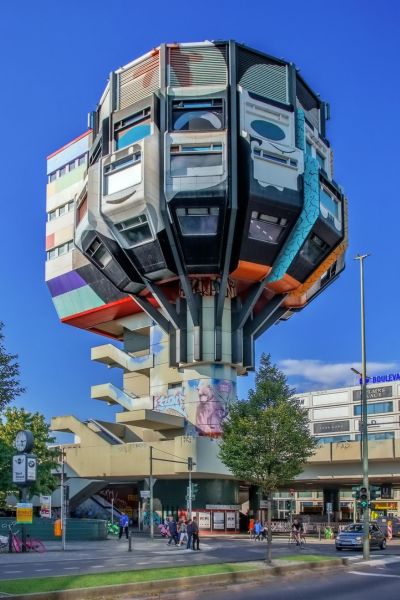- Home
- Germany Fun Facts
Interesting and Fun Facts About Germany You Should Know
By: Eran Fulson / Writer, Traveler, Explorer of Good Food & Historic Streets / For 15+ years, I’ve lived in Canada and Wales, road-tripped across North America, and trekked through Europe’s mountains, cities, and coastlines. Now, I help travelers uncover hidden gems and culture-rich destinations in Germany with firsthand insights and practical tips.
Like many good ideas, there was nothing originally serious about this post. It all began as a bit of fun while brainstorming ideas to write about Germany that weren’t necessarily found in a travel guide.
To my surprise there was an abundance of trivia about Germany that wasn’t common knowledge. As a result, Germany Fun Facts came to life bringing aspirations of enlightenment and humor along the way.
This page will be updated monthly, so bookmark this page and check back as our discoveries of interesting facts and translations are unearthed.
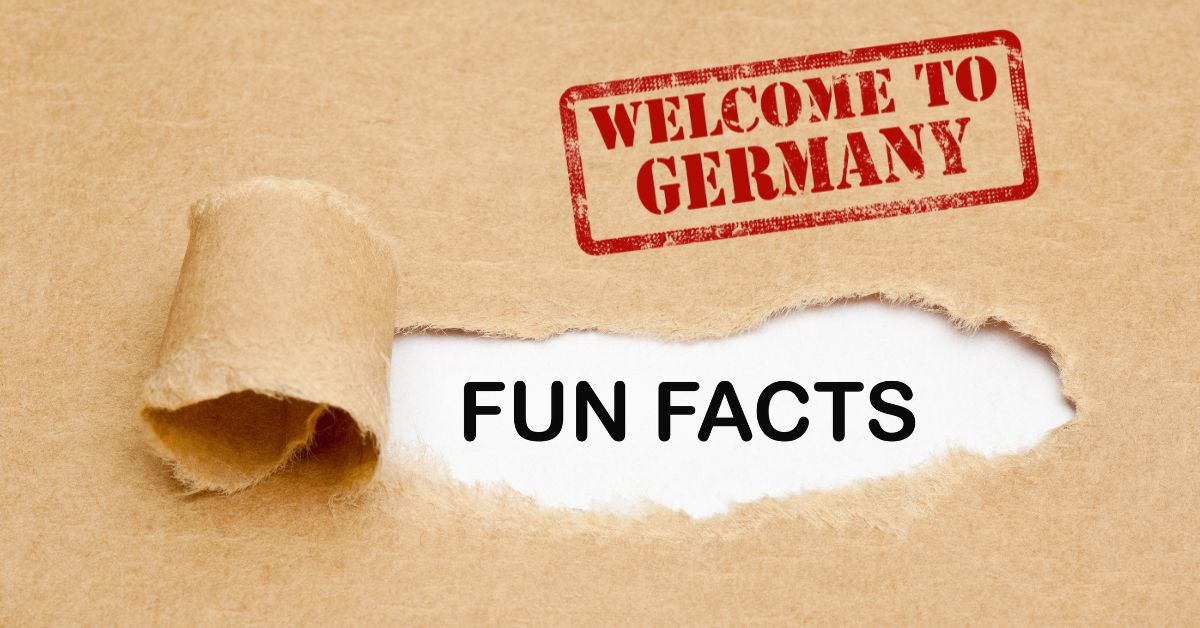
All due diligence has been given to fact-checking by using references such as Encyclopedia Britannica, Statista, Guinness World Records, and other officially credible sources (ie. not Wikipedia).
On this page:
Facts About Germany

Lingo Bingo - There is an approximate 60% similarity in the vocabulary between German and English. Meaning, if you wanted to learn one and knew the other, you’re already more than halfway there.
Now Repeat After Me - Chances are, you’ve never used the longest official word in the German language. Take a deep breath before giving this 63-letter behemoth a try:

A literal translation is “Beef labelling supervision duties delegation law.” Unbelievably, it was actually used in official government documents. That was, until 2013, when the beef labelling law was repealed.
FYI - Even if you went around the whole border of a Scrabble board, it still wouldn’t fit.
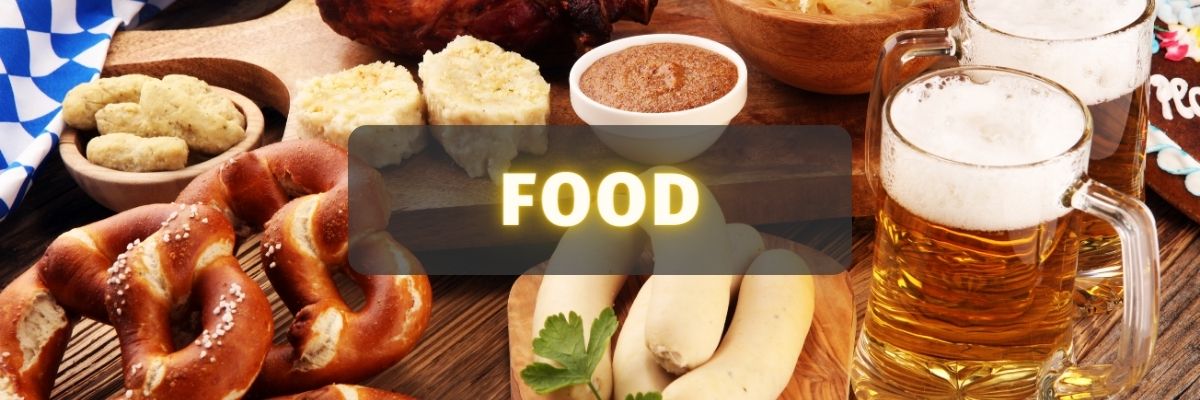
Bottled Happiness - While France claims global notoriety for Champagne, Germany can take credit for inventing the bottle it comes in.
During the early 1800s, in the remote Baiersbronn Valley of the Black Forest, Johann Georg Böhringer and his colleague Franz K. Klumpp created the modern Champagne bottle called the Buhlbacher Schlegel.
The famed Buhlbach Glassmakers produced an estimated 100 million bottles and exported them to France, Austria, Hungary, and Russia. Additionally, the bottles were green to protect the valuable liquid from sunshine and light.
If Wurst Comes to Wurst - More than 800 million currywurst sausages are eaten every year in Germany - with 70 million consumed in Berlin alone.
The origins of the famed sausage are disputed between Herta Heuwer (Berlin) and Lena Brücker (Hamburg) in the late 1940s. While more credit is generally paid to Heuwer for the creation, they are both renowned for the barter and black market acquisition of the scarce ingredients to make the curried sauce in post-war Germany.
Whether it's to your taste or not, there is no disputing its rising popularity over the past 70+ years.
Stretchy Pants Time - If you’re going to do something, do it well, and do it often. And Germany has mastered the art of doing both.
When it comes to food and drink, Germany boasts around 1,200 different types of sausages, 1,500 brewers producing around 5,000 various types of beer, and a staggering 3,200 officially recognized types of bread. German Bread Culture was added to the UNESCO Intangible Cultural Heritage List in 2014.
Cake or Death more cake! - Contrary to popular belief, the famous Black Forest Gateau was not actually created in the Black Forest.
Instead, the name was derived from the liquor used to soak the cherries which gave the cake its distinctive flavor. The brandy was known as Schwarzwälder Kirschwasser (Black Forest Cherry Water). Confectioner Josef Keller claims he invented the cake near the city of Bonn in 1915.
Side-Fact: The Romans gave the Black Forest its ominous-sounding name due to the dense tree canopy, which blocked out the sunlight above.
Cola-Schmola - When the US Trade Embargo came into force during the Cold War, imports of Coca-Cola syrup ground to a halt. Enter stage left: Fanta.
Searching for a replacement syrup led to a combination of what was readily available: beets, whey protein (a by-product of cheese), apple pomace (apple pressing leftovers), and sugar.
Salesmen were told to use their imagination in coming up with a new name for the drink. Cheekily, one suggested 'Imagination' which translates to 'Phantasie' and then led to - Fanta. Due to sugar rations, the popular beverage was also used as a cooking ingredient for soups and stews to add flavor and sweetness.
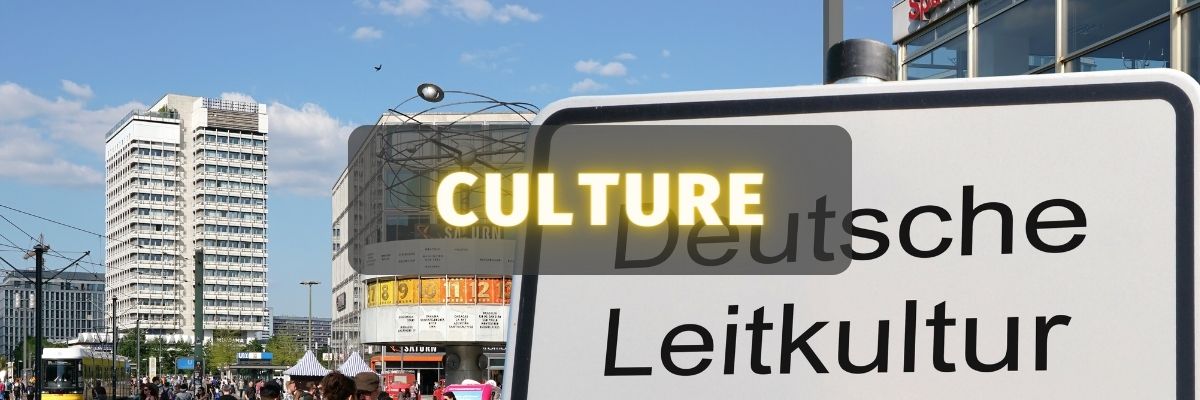
To Tree or Not to Tree - Germany is credited with starting a 500-year-old global tradition: the noble Christmas tree.
Details are murky as to who was the first, but it's widely believed that it was 16th-century Christians who started bringing the forest indoors the way we do now. The tradition received a facelift shortly after from Martin Luther. Symbolizing stars in the night sky, he was the first to place candles on a tree.
Germany is also one of Europe's biggest producers of Christmas trees, preparing approximately 18 million a year for domestic use and exports.
Culture Club - Germany has a cultural wealth to rival anyone. And here are the numbers: There are 6,741 museums; 809 theatres; 129 professional orchestras; and 8,155 libraries. In fact, it ranks 2nd in the world behind the USA when it comes to museums. Some rather unique museums include those dedicated to mustard, comics, fragrance, and Christmas. (Figures correct as of 2023)

Who Dat? - Germany is known around the world for its unwavering efficiency. This heady trait also relates to the origins of many national surnames.
Back in the day, to save time and confusion, if you wanted the attention of Heinrich in a crowd with other Heinrichs, you would call out Heinrich, quickly followed by his profession. In this case, Heinrich Schuhmacher (shoemaker) is not to be confused with Heinrich Schäfer (shepherd).
Also: Bauer (farmer), Müller (miller), Weber (weaver), and Schneider (tailor). And there are so many, many others.
E=MC2 - Sure you know about Albert Einstein, especially as an eccentric genius who embodied the visual persona of an individual who didn't get out much. Lesser known is that his infamous mad scientist looks came from the stresses of becoming a father.
Years later, his wrinkly eyes would become the inspiration for Yoda's face in Star Wars. It's said that he loved the well-known photo of him sticking his tongue out. So much so that he requested nine photos to use as personal greeting cards.
Why So Grimm? - Brothers Jacob and Wilhelm Grimm have been fascinating and terrifying children and adults alike for over two hundred years.
Linguists by trade, their lifelong work was actually a comprehensive German dictionary that was never finished. Fairy tales essentially paid the bills after growing up in a reality not far removed from the fantastical Hansel and Gretel.
Famously known as storytellers, they didn't actually create any of their two hundred fairy tales. Instead, they edited the stories they collected throughout the years.
Less famously, the many evil stepmothers in their stories were originally told as mothers. However, they wanted to protect the sanctity of motherhood and altered the stories to fit.
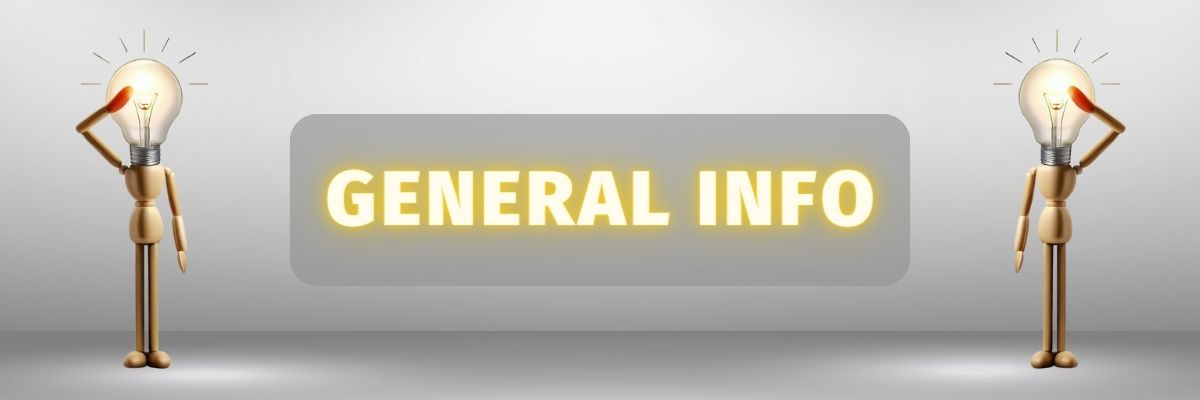
Tick-Pockets - The 15th century saw major works like St. Peter's Cathedral in Rome and the Louvre in France head underway. However, in Nuremberg, Peter Henlein was crafting his own legendary masterpiece, albeit somewhat miniature, the pocket watch.
Henlein, a master locksmith, was already adept at scaled-down mechanics and soon became fascinated with clocks. In 1510, everything clicked, and he released his miniature invention. The pocket watch quickly became a status symbol for the wealthy, and originally worn around the neck.
It wasn't until four-hundred years later, during the first World War, when the pocket watch was overtaken by a wristwatch design as the more desirable way to tell the time.
A Bridge too Far - What city has the most bridges worldwide? And no, it's not the well-known "City of Bridges" that is Venice. In fact, it's not even close.
Hamburg has so many bridges that the Guinness Book of World Records could only give it an estimate: between 2,300 - 2,500.
That's more bridges than Amsterdam, London, and Venice combined.
Free as a Bird - As bizarre as it sounds, it is perfectly legal to escape prison in Germany.
It is considered a basic human instinct to be free, and as such, that instinct will go unpunished. Hidden in the fine print, however, is that any damage or assault that occurs during the escape will be added to one's sentence.
*We do not condone prison escape or any activity leading to incarceration where escape may be considered a viable option. Citing "Tour My Germany" as a legal defense of your actions may not help your case, but we will be flattered if you do.
The Need for Speed - The autobahn is undoubtedly as famous as lederhosen and schnitzel where German identifiers are concerned.
Stretching over 8,000 miles, the autobahn is the 4th largest highway network in the world after China, the US, and Spain. 70% of the autobahn has no posted speed limit, with a swift 257 mph standing as the highest recorded speed the highway has seen.
Check your tank before setting off - it's illegal to run out of fuel on the autobahn. Even if you're feeling lucky, traffic police are known to treat tourists and locals all the same.
Breathe In - Germany is home to many impressive inventions and Guinness World Records. The smallest among them is found in the town of Reutlingen.
Measuring only 12.2 inches (31 cm) at its narrowest and 19.7 inches (50 cm) at its widest, the Spreuerhofstraße is officially recognized as the narrowest street in the world. It's also among the shortest, at 12.4 feet long.
So why isn't this known as an alley? In 1820, a city official elevated it to street status, and it stuck. Locals reportedly use the street as a diet indicator.
In other minuscule trivia, former chancellor Angela Merkel had a Barbie doll created after her in 2009. Disappointingly, the former physicist/politician look-alike never went on sale.
Canal Ahoy - One of the world’s busiest shipping canals resides in northern Germany. Sitting right behind Panama and the Suez is the engineering marvel of the Kiel Canal.
Opening in 1895, it took 9,000 workers eight years to dig the 61-mile canal. It has twice been widened to accommodate modern vessels and sees an average of 32,000 sail through every year.
Connecting the Baltic and North Seas, the Kiel Canal saves around 285 miles and avoids the treacherous Danish Straits.
Now You Know German
There’s no denying German is a wonderful and unique language. Often self-explanatory, and say it like you see it. The English translation, however, isn’t always quite so clear.
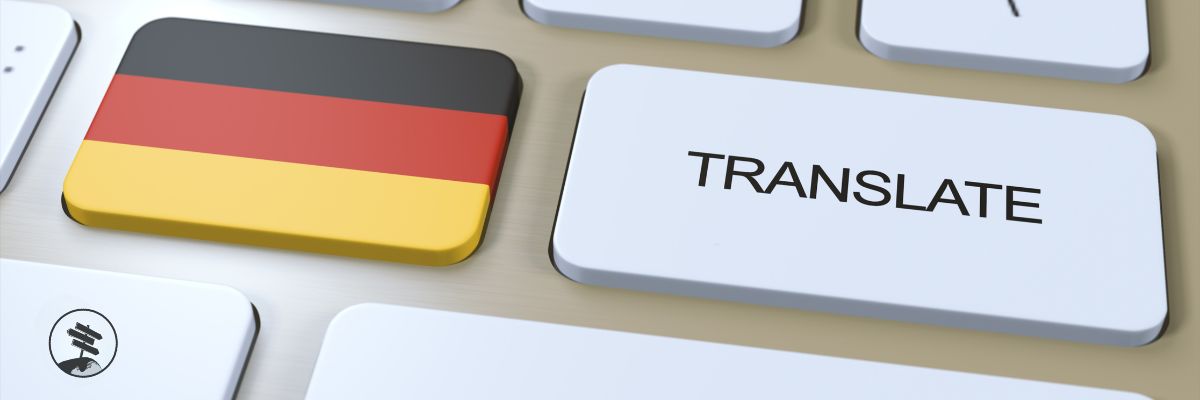
Schnapsidee (booze idea)
Ideas without inhibitions are liberating, enlightening, and often a much-needed new perspective on old problems. But sometimes, they're just plain crazy.
A schnapsidee is what seems like a really good idea during a boozy time, but turns out to be a best laid plan that best stays quiet.
Kummerspeck (grief bacon)
There's no judgement here, many of us have put on a few kummerspeck during our lifetime.
During moments of sadness regarding relationships, jobs, family, etc... kummerspeck refers the to weight gained from emotionally devouring a tub of ice cream, a bar of Toblerone, or a family-sized bucket of chicken in one sitting.
However you indulge, rocky road ice cream is a personal grief bacon favorite.
Sturmfrei (storm free)
Despite typical Germanic literalism, sturmfrei has nothing to do with the weather. Instead, it refers to parents leaving the house and the kid(s) having temporary free reign. The origin of why it means this isn't exactly clear, even partially.
Early use of the word traces back to military descriptions of a place or position that was impregnable. As time went on, the original meaning evolved into parent-free fun time.
Hüftgold (hip gold)
While kummerspeck (grief bacon) refers to the extra weight of emotional consumption, Hüftgold is what hangs around afterward.
"Hip Gold" is otherwise known in English as "Love Handles". Though, we prefer gilded, golden waistlines instead.
Hüftgold also has a second definition, it refers to calorie-rich foods which later transform into (you guessed it) more Hüftgold.
Gurkentruppe (cucumber troop)
German/English translations tend to lean heavily on edible idioms. And a gurkentruppe is no exception to the linguistic rule.
A cucumber troop might seemingly make for a fresh summery salad, but in this instance it actually describes a group of amateurs. More specifically, it refers to situations in sports, the workplace, or politics, where people with little experience (or sense) find themselves in over their heads.
Purzelbaum (tumble tree)
Although it may not sound like it, a purzelbaum is not a member of the plant kingdom. Instead, it refers to a forward somersault performed on the ground, like a tumbling tree. Obviously.
Treppenwitz (staircase joke)
You know those moments after leaving a conversation, and the best comeback, witty line, or hilarious joke always occurs to you when it’s too late? There’s a word for that. The so-called treppenwitz is the quip that comes to mind when you’re on your way down the stairs after talking to your neighbor three floors up.
Fernweh (distance pain)
While the English translation of fernweh refers to the strains of a long-distance relationship, the only one involved is you. Fernweh is more akin to wanderlust. A desire to be somewhere else, exploring the world beyond your current abode. In a nutshell, it describes a longing to go on a holiday. While ‘pain’ might sound extreme, subtlety is not a particularly strong German character trait.
Bandwurmwöter (tapeworm words)
Germans are known for many things, among them: sausages, cars, efficiency, and the ability to pull off wearing lederhosen as no one else can. However, in the linguist world, it’s the use of compound words to create new, tongue-twisting vocabulary additions that continues to amaze and entertain.
Bandwurmwörter is itself a compound word used to describe other compound words. Why create a whole new word when you have two perfectly good ones to mash together? Now that’s efficiency.
Nasenfahrrad (nose bicycle)
You’ll either get this straight away or find yourself looking for the last place you put your nose bicycles to see if you read that correctly. That’s right, a nose bicycle (nasenfahrrad) is another name for glasses.
One can only guess that glasses do look similar to a bike on a nose. Just like a child sees a cardboard box as a spaceship - we’ll just let imagination have its day.
Honigkuchenpferd (honey cake horse)
Far from the obvious, a honey cake horse describes someone whose fullness of joyful emotion is on shameless display. English speakers would liken it to "Smiling like a Cheshire cat."
The word is used in a phrase such as, "Du strahlst wie ein Honigkuchenpferd." Which roughly translates to, "You are shining like a honey cake horse." The jury is out as to what makes a honey cake horse particularly happy, but one can't deny that the combination does sound appealing.
Luftschloss (air castle)
Think of it as a bouncy castle in your head where hopes and dreams run amok.
An escapism of sorts, a luftschloss is where one goes and lives out scenarios or plans ambitions before enacting - or filing away under, "Maybe one day..."
Proverbially German
Sometimes, catching the gist of a saying without fully understanding is enough. Sometimes, not so much.
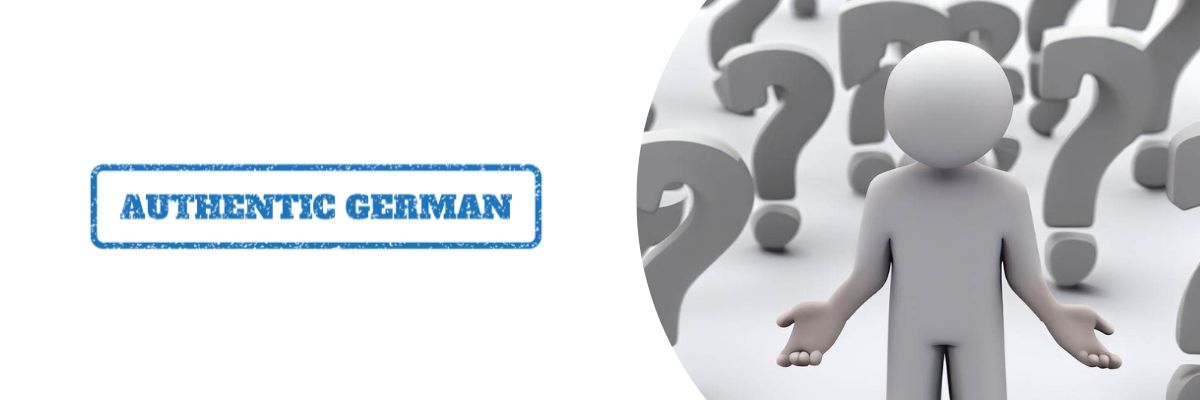
|
Alles hat ein Ende, nur die Wurst hat zwei. (Literal) Everything has an end, only the sausage has two. (English) All good things come to an end. |
Klar wie Kloßbrühe. (Literal) Clear as dumpling broth. (English) Crystal clear. |
|
Ich verstehe nur Bahnhof. (Literal) I only understand train station. (English) It’s all Greek to me. |
Die beleidigte Leberwurst spielen. (Literal) To play the offended liver sausage. (English) To be in a huff. |
|
Jetzt geht’s um die Wurst. (Literal) Now it's about the sausage. (English) It's now or never. |
Ich glaub mein Schwein pfeift. (Literal) I think my pig is whistling. (English) I can't believe it. |
|
Kleinvieh macht auch Mist. (Literal) Small livestock poops too. (English) Little things all add up. |
Jetzt mal Butter bei die Fische. (Literal) Put butter on the fish now. (English) Get to the point. |
|
Da steppt der Bär. (Literal) There's the bear dancing. (English) It'll be a good party. |
Holla, die Waldfee. (Literal) Hello, the wood fairy. (English) Well, that's unexpected. |
|
Tomaten auf den Augen haben. (Literal) To have tomatoes on one's eyes. (English) Can't see what's right in front of you. |
Jetzt sitzen wir in den Tinte. (Literal) Now we're sitting in the ink. (English) Now we have a problem. |
Only in Germany
Germany is full of unusual and wonderful places to explore. Sometimes they're off the beaten path and not always in your standard travel guide, but they're still worth checking out.
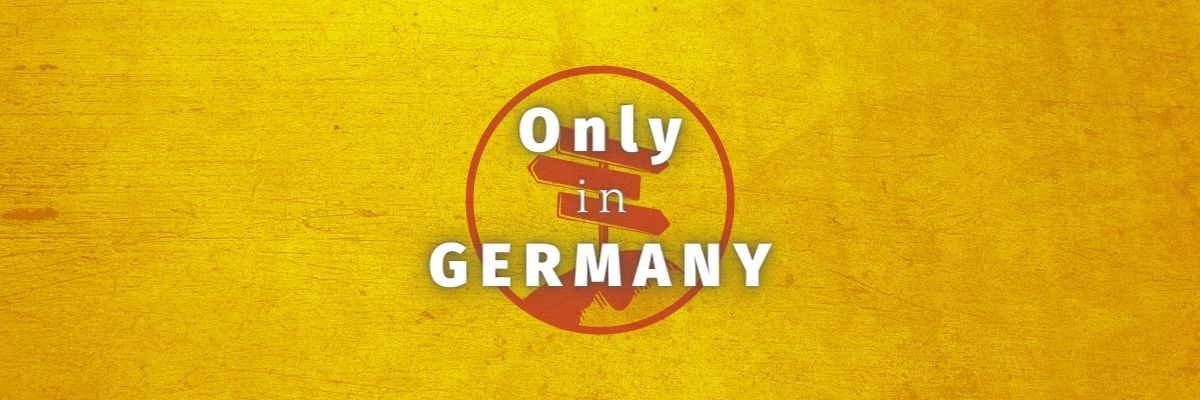
Lost the Plot - Found in the Steglitz area of south Berlin, the Bierpinsel (aka The Beer Brush) was designed in Brutalism architecture to look like a tree. And nailed it - kind of.
It functioned off and on as a restaurant and nightclub since 1976 before eventually closing for good. These days, it functions primarily as a background for selfies.
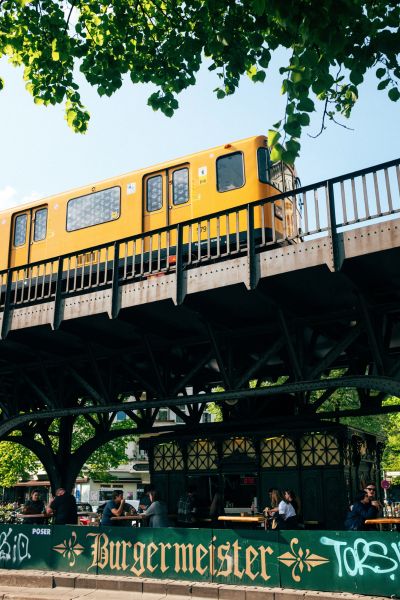
#2 Special Please - There's a burger place taking up residence at a former public bathroom under the railway in Berlin.
With Burgermeister scoring higher reviews and longer lines than the previous tenants, it's worth a visit when you're in town.

To Danube Beginnings - From a humble pool in Donaueschingen, the Breg and the Brigach rivers merge together to form the starting point of the Danube River.
The second-longest river in Europe, it flows more than 1,700 miles through ten countries all the way to the Black Sea. Besides being a gateway for shipping, over 20 million people rely on the Danube for fresh drinking water.
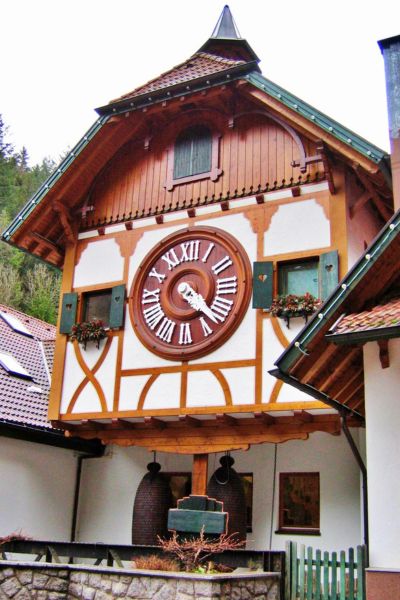
Cloud Cuckoo Land - Tucked away in the Black Forest is the world's largest cuckoo clock in Triberg-Schonach.
The 15-foot-tall clockwork weighs in at a hefty 6 tons, while the cuckoo itself ambles along at 330lbs. It was modelled after century-old plans but is a mere sixty time larger than its more traditionally-sized brethren.

Honey, I Shrunk the Bridge - Fans for the abolition of street art might take pause with the Lego Bridge of Wuppertal.
Artist Martin Heuwold dressed up the decommissioned concrete railway bridge after being inspired by his daughters playing with their own rather diminutive Lego sets.
Martin also painted a second Lego Bridge in Wuppertal. Instilling further proof that all good things come in pairs.

Sunny Side Up - The Wuppertal Schwebebahn (suspension railway) was the first of its kind over 120 years ago. The idea failed to get off the ground elsewhere and is now among the few remaining in the world. However, by 2020, the Wuppertal Schwebebahn was shifting over 25 million commuters annually along its 8.3-mile track.
Its most famous passenger was the celebrity Tuffi, an elephant from a traveling circus back in 1950. After she became spooked by the crowd of people on the carriage, Tuffi unceremoniously jumped through a window and into the river 33 feet below.
Miraculously, she was fine, and a statue now stands on the exact spot where Tuffi landed.

Iron Maidens - The big kids playground just got bigger. Ferropolis (City of Iron), featuring five massive excavators, is an open-air museum on a peninsula in Gremminer Lake, roughly 25 miles from Leipzig.
The site was a former GDR-era coal mine, yet now it stands as a music festival and event venue for up to 25,000 people. And yes, some of the machines are open for climbing.

You Did Say Pink, Right? - The anti-named Grüne Zitadelle (green citadel) in Magdeburg has been a landmark when giving directions since 2005.
The brainchild of Austrian architect Friedensreich Hunderwasser, the complex contains apartments, shops, and unsurprisingly, a kindergarten. Embracing total whimsicality, Hunderwasser described his project as an "oasis for humanity and nature in a sea of rational houses."
Needless to say, he nailed it.

Singing in the Rain - An experience best saved for a rainy day, the Kunsthofpassage (Art Courtyard Passage) is an art experiment by tenants in Dresden's student district.
The most famous of the ensembles is the very blue 'Courtyard of Elements'. Featuring a seemingly random array of downpipes, the subtle sound of rainfall is transformed into a natural orchestral symphony.


